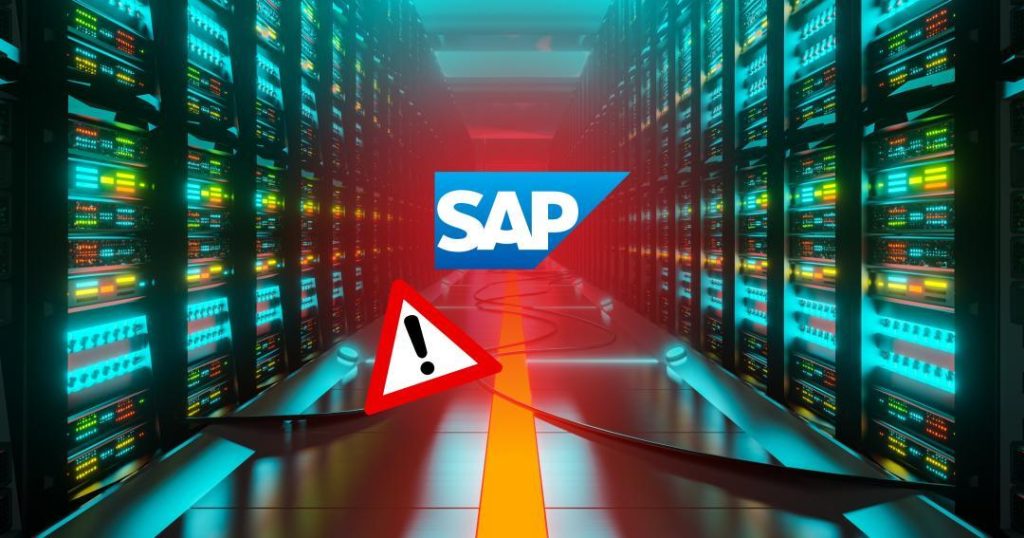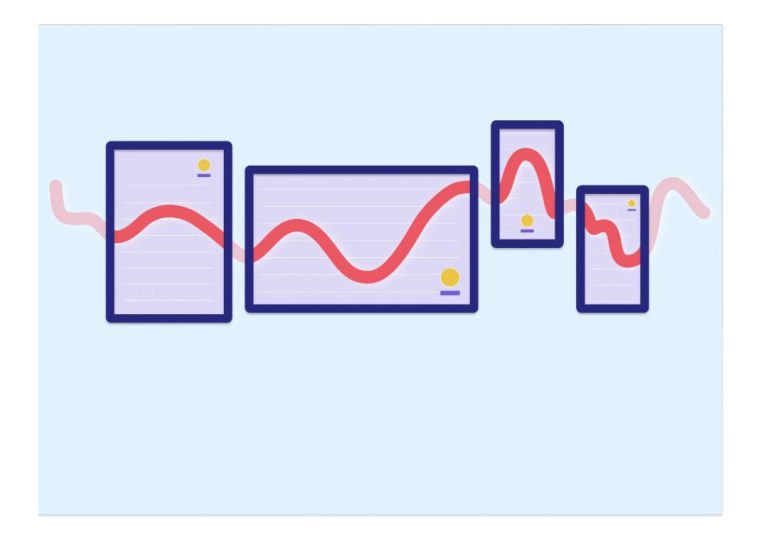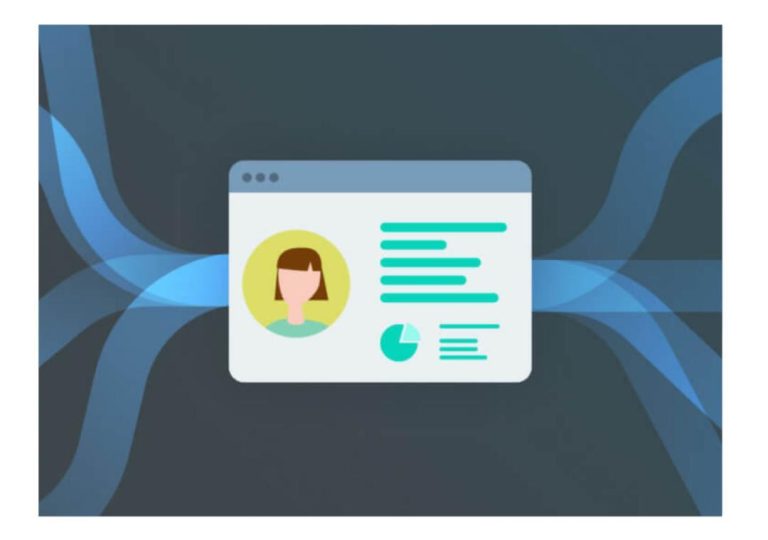
Hundreds of SAP Servers at Risk from New Exploit: Report
In a recent development that has sent shockwaves through the cybersecurity community, a new vulnerability has been discovered in SAP NetWeaver servers, leaving hundreds of systems vulnerable to potential attacks. According to a report by BleepingComputer, over 1,200 internet-exposed systems have been identified as vulnerable, and almost 500 have already been compromised.
The vulnerability, which affects the Visual Composer Metadata Uploader component, allows remote attackers to upload arbitrary executable files, giving them unauthorized access to the affected systems. This is a serious security concern, as it can be used to launch a wide range of attacks, from data theft to ransomware infections.
The discovery of this vulnerability has sparked a sense of urgency among SAP customers, many of whom are still reeling from the recent Log4j vulnerability that affected millions of systems worldwide. The Log4j vulnerability, which was discovered in December 2021, was a remote code execution flaw that allowed attackers to execute arbitrary code on affected systems.
In contrast, the SAP vulnerability is a remote file inclusion (RFI) vulnerability, which is a type of attack that allows attackers to inject malicious code into a vulnerable system. This type of attack is particularly dangerous, as it can be used to upload malware or other malicious code onto the affected system, giving attackers unauthorized access to sensitive data.
The report by BleepingComputer identified over 1,200 internet-exposed systems that are vulnerable to the attack, with almost 500 of those systems already compromised. The affected systems are located in various countries around the world, including the United States, Germany, and the United Kingdom.
The vulnerability is thought to have been present in SAP NetWeaver systems for several months, and it is unclear how long it will take for SAP to release a patch for the issue. In the meantime, SAP customers are being advised to take immediate action to protect their systems.
One of the most important steps that SAP customers can take is to ensure that their systems are properly configured to prevent remote file inclusion attacks. This includes disabling the Visual Composer Metadata Uploader component, which is the vulnerable component of the SAP NetWeaver system.
In addition to configuring their systems to prevent remote file inclusion attacks, SAP customers can also take steps to detect and prevent other types of attacks. This includes implementing a web application firewall (WAF) to detect and block suspicious traffic, as well as conducting regular security audits and penetration testing to identify and remediate vulnerabilities.
The discovery of this vulnerability is a stark reminder of the importance of keeping software up to date and secure. It is also a reminder that even the most secure systems can be vulnerable to attack if they are not properly configured and maintained.
In conclusion, the recent discovery of a vulnerability in SAP NetWeaver servers has triggered a serious security concern, with hundreds of systems vulnerable to potential attacks. SAP customers must take immediate action to protect their systems, including disabling the vulnerable component and configuring their systems to prevent remote file inclusion attacks. It is also important for SAP customers to conduct regular security audits and penetration testing to identify and remediate vulnerabilities.
Source: https://geekflare.com/news/hundreds-of-sap-servers-at-risk-from-new-exploit-report/






